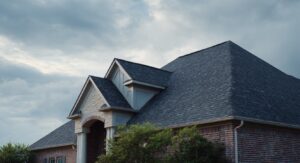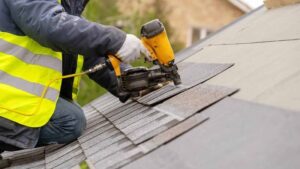When it comes to protecting your home in Rock Hill, SC, Best Choice Roofing is your go-to expert for top-notch roofing solutions. From storm-ready asphalt shingles to durable metal roofing, we’ve proudly served South Carolina homeowners with reliable, long-lasting results. But even the strongest roofs can run into trouble if one silent destroyer shows up, roof rot.
Roof rot is among the sneakiest and most expensive issues a homeowner can face. And in a warm, humid place like Rock Hill, it’s more common than you might think. That’s why understanding how it works, how to spot it early, and what to do about it is essential to keeping your home safe and your investment protected.
What Is Roof Rot?
Roof rot, also called “dry rot” or “wood rot,” happens when moisture sneaks into your roofing system and creates the perfect environment for fungi to thrive. Over time, this fungus begins to break down the wooden components of your roof, like the decking, rafters, and joists, causing structural damage that’s expensive to fix and dangerous to ignore.
In Rock Hill’s hot summers, heavy rainfall, and muggy conditions, a poorly ventilated attic or small roof leak can turn into a perfect storm for rot. That’s why vigilance is key—because by the time you see it from the street, it may already be advanced.
Signs of Roof Rot to Watch For
Here’s what South Carolina homeowners should keep an eye out for:
- Sagging Rooflines:
If your roof looks like it’s sinking or has visible dips, that could mean the wood underneath is rotting and losing its strength. - Musty Odors in the Attic:
Notice a moldy or damp smell upstairs? That’s often one of the first signs of roof rot brewing above. - Dark Spots or Stains on Ceilings:
Water spots on your interior ceilings or walls could be caused by a leak feeding the rot. These usually get worse over time if left unchecked. - Mold or Algae Growth on Shingles:
South Carolina’s humidity often leads to moss or algae on roofs. While not always a sign of rot, it usually indicates too much moisture, which can lead to it. - Crumbling or Brittle Wood:
If you can access your attic and spot wood that flakes or breaks apart easily, it may be a sign of advanced rot and fungal decay.
How to Prevent and Handle Roof Rot
Roof rot can be scary, but it’s totally manageable with the right steps and support. Here’s what we recommend:
- Schedule Regular Roof Inspections:
Rock Hill weather can be rough on roofs. A yearly inspection from Best Choice Roofing helps catch problems early before they turn costly. - Ensure Proper Attic Ventilation:
Ventilation is crucial in a climate like ours. It helps excess moisture escape and keeps the roof structure dry and mold-resistant. - Repair Leaks Quickly:
Even a tiny leak can fuel rot if ignored. Don’t wait—let us patch things up quickly and professionally. - Keep Gutters Clean and Clear:
Stopped-up gutters cause water to pool and back up under your roof. In a place like Rock Hill, where storms are common, clean gutters = a happy roof. - Consider Upgrading Materials:
Some roofing materials are more resistant to moisture than others. We proudly provide high-performance asphalt shingles and metal roofing options that stand up to the South Carolina climate.
Don’t Let Roof Rot Win—Call Best Choice Roofing Today!
If you suspect roof rot or just want to make sure your Rock Hill home is protected for the long haul, we’re here to help. At Best Choice Roofing, we believe your roof should give you peace of mind, not headaches. With our local experience, quality materials, and honest service, we’ll keep your roof in top shape season after season.
Ready for your free roof inspection? Give Best Choice Roofing a call today and let’s keep your Rock Hill home safe, strong, and rot-free!





